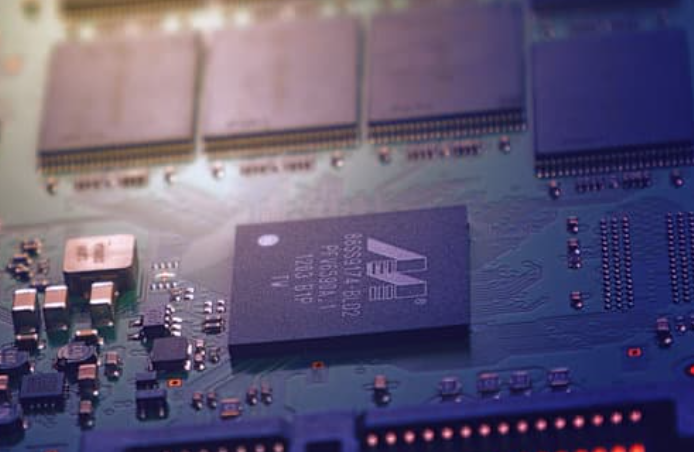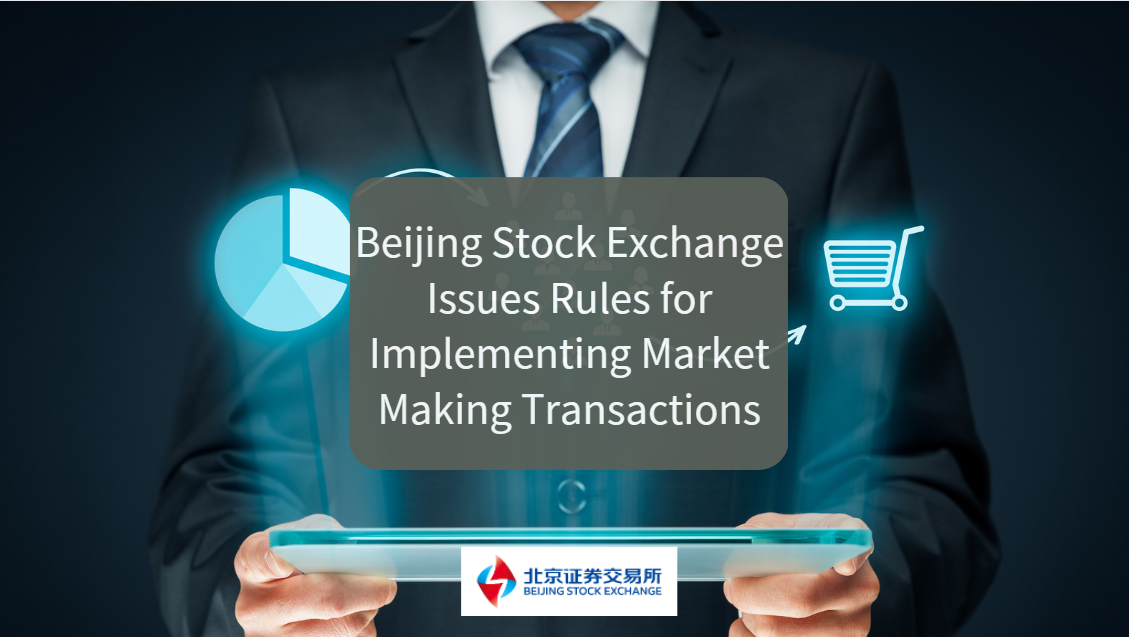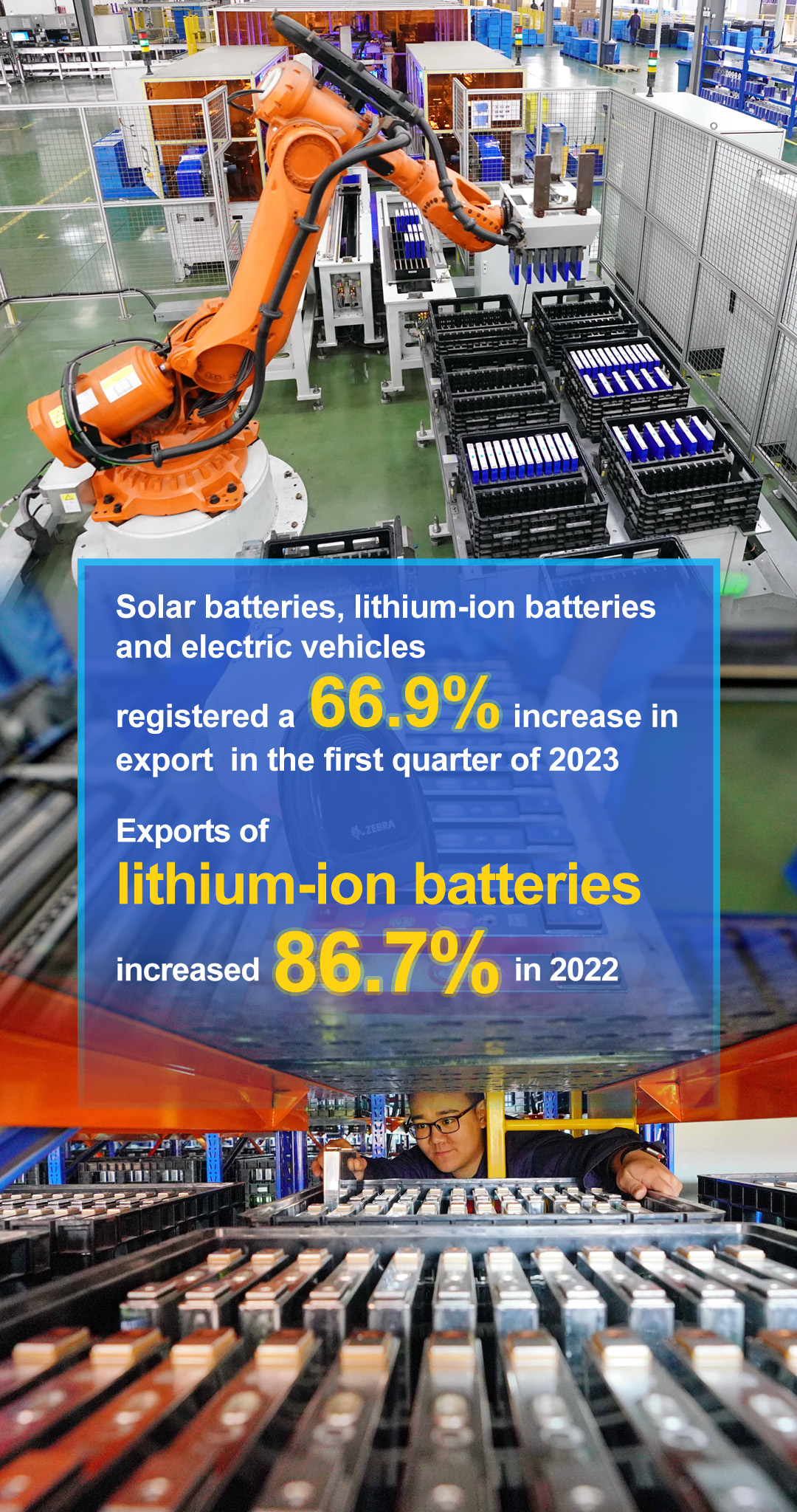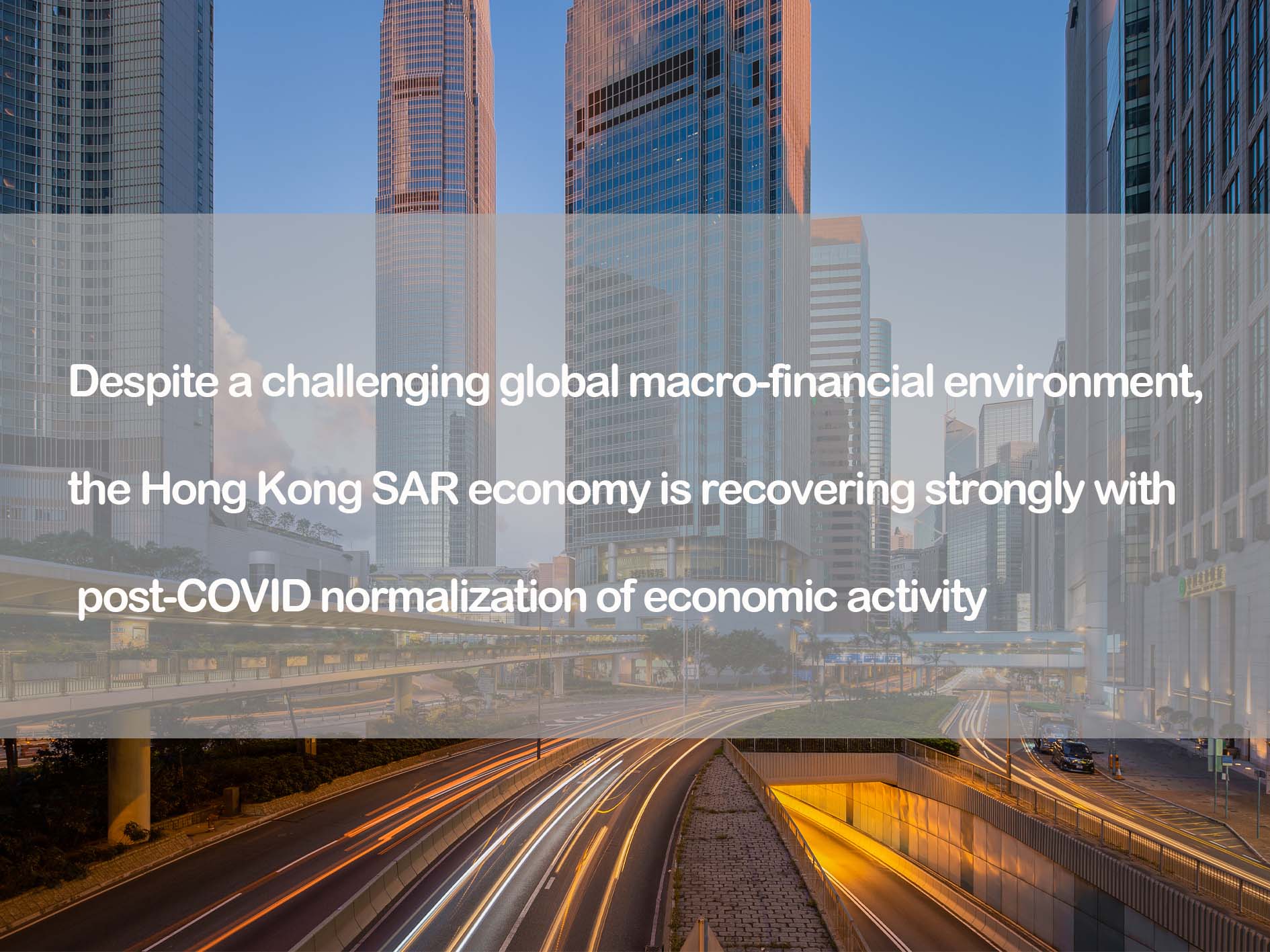Tianjin Binhai New Area Advances Regional Integration with Free Trade Initiatives
Tianjin's Binhai New Area has made significant strides in regional economic integration through its free trade pilot zones, aligning closely with Beijing and Hebei to facilitate seamless business operations. Over the past 11 years, the region has played a pivotal role in promoting the coordinated development of the Beijing-Tianjin-Hebei (Jing-Jin-Ji) area. According to Sun Zefeng, Mayor of Binhai New Area, 230 "same standard, same procedure" measures have been implemented across the three free trade zones, marking a new step toward regional unity.
Strengthening Beijing's Industrial Decentralization
Binhai New Area has actively supported Beijing's strategic initiative to ease non-capital functions by attracting high-value industries and corporate headquarters. The district has successfully facilitated the relocation and expansion of major state-owned enterprises (SOEs), including China Resources Recycling Group, Sinopec, and CNOOC. These moves not only enhance Binhai's industrial ecosystem but also create fresh growth avenues for SOEs.
Driving Innovation through Industry Collaboration
The region has developed a "Beijing R&D—Binhai Commercialization" model, fostering deeper synergies between research and industrial application. This initiative includes establishing pilot bases such as the Sinopec Science and Technology Research Institute in Tianjin. Additionally, key industries like next-generation information technology and advanced manufacturing have been integrated into national-level industrial clusters. The implementation of six priority industrial chains has further solidified Binhai's role as a hub for high-tech transformation.

Enhancing Infrastructure Connectivity
Infrastructure development remains a cornerstone of Binhai's regional strategy. Recent projects such as the Beijing-Tianjin Intercity Railway, Tianjin-Weifang High-Speed Railway, and Tianjin-Shijiazhuang Expressway have significantly improved logistical connectivity. Furthermore, Tianjin Port has strengthened its integration with Beijing and Hebei's air and land transport hubs, facilitating smoother trade flows and reinforcing the region's status as a critical gateway for international commerce.
Elevating Public Services and Business Efficiency
Binhai New Area has taken substantial steps to streamline administrative processes, eliminating bureaucratic barriers and expanding cross-regional service compatibility. Over 1,100 administrative approvals are now accessible across Beijing, Tianjin, and Hebei, while 230 "same standard, same procedure" regulatory measures have been introduced across the free trade zones. Additionally, 23 medical institutions in the region now offer mutual recognition of test results across the three jurisdictions, improving public healthcare accessibility.
Binhai Zhongguancun: A Thriving Innovation Hub
Binhai Zhongguancun, modeled after Beijing's renowned Zhongguancun tech hub, has seen exponential growth, with the number of registered enterprises increasing from 1,443 in 2019 to over 5,800 in 2024. High-tech enterprises in the park now exceed 600, with more than 20 specialized tech investment funds totaling over RMB 60 billion ($8.3 billion) providing critical financial backing. The park has also implemented 12 policy measures from Beijing's Zhongguancun pilot reforms, further strengthening its appeal as an innovation hub.
Reinforcing Tianjin Port's Role as a Global Trade Hub
Tianjin Port continues to expand its role as a key logistics and trade hub, leveraging its connections with over 500 ports across 180 countries. Its inland logistics network now covers 14 provinces, with service hubs in key economic zones such as the Beijing-Tianjin-Hebei region and China's central and western provinces. The port has also introduced dedicated shipping routes, including direct lines to Chile for cherry exports and expedited trans-Pacific routes, further cementing its global trade influence.
Future Outlook: Accelerating Port-Industry-City Integration
Binhai New Area is set to deepen its "port-industry-city" integration strategy, leveraging Tianjin Port's logistical advantages to drive industrial expansion and urban development. The region aims to enhance industrial clusters in green petrochemicals, marine equipment, and aerospace, while also advancing financial services such as bonded ship supplies and maritime leasing. Moreover, efforts to digitalize and green the port's operations align with China's broader push for sustainable and smart logistics infrastructure.
Creating a World-Class Business Environment
Looking ahead to 2025, Binhai New Area is committed to enhancing its business climate by fostering fair competition, strengthening legal frameworks, and improving government services. The region plans to expand access to national strategic projects for private enterprises, streamline regulatory approvals, and introduce digital governance innovations to support entrepreneurs. These initiatives are expected to reinforce Binhai's position as a leading investment destination within northern China.
As Binhai New Area continues to implement progressive policies, its role as a model for regional economic integration is becoming increasingly evident. By fostering cross-regional collaboration, enhancing infrastructure, and creating a dynamic innovation ecosystem, the district is setting new benchmarks for the coordinated development of the Beijing-Tianjin-Hebei region.





















































First, please LoginComment After ~